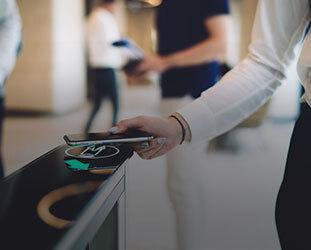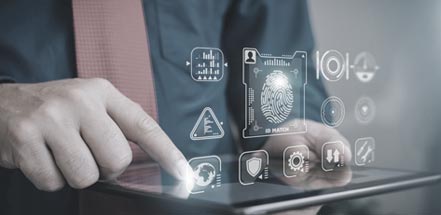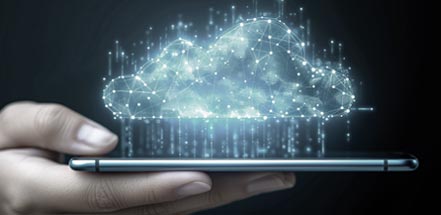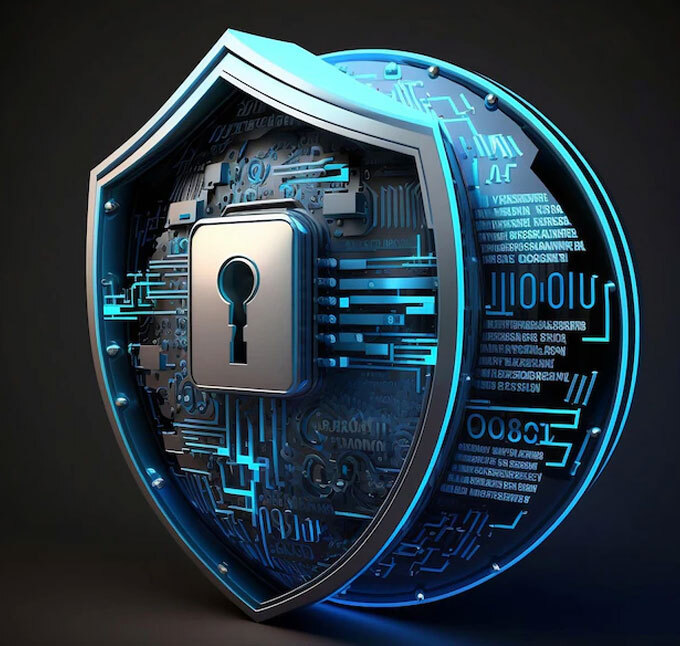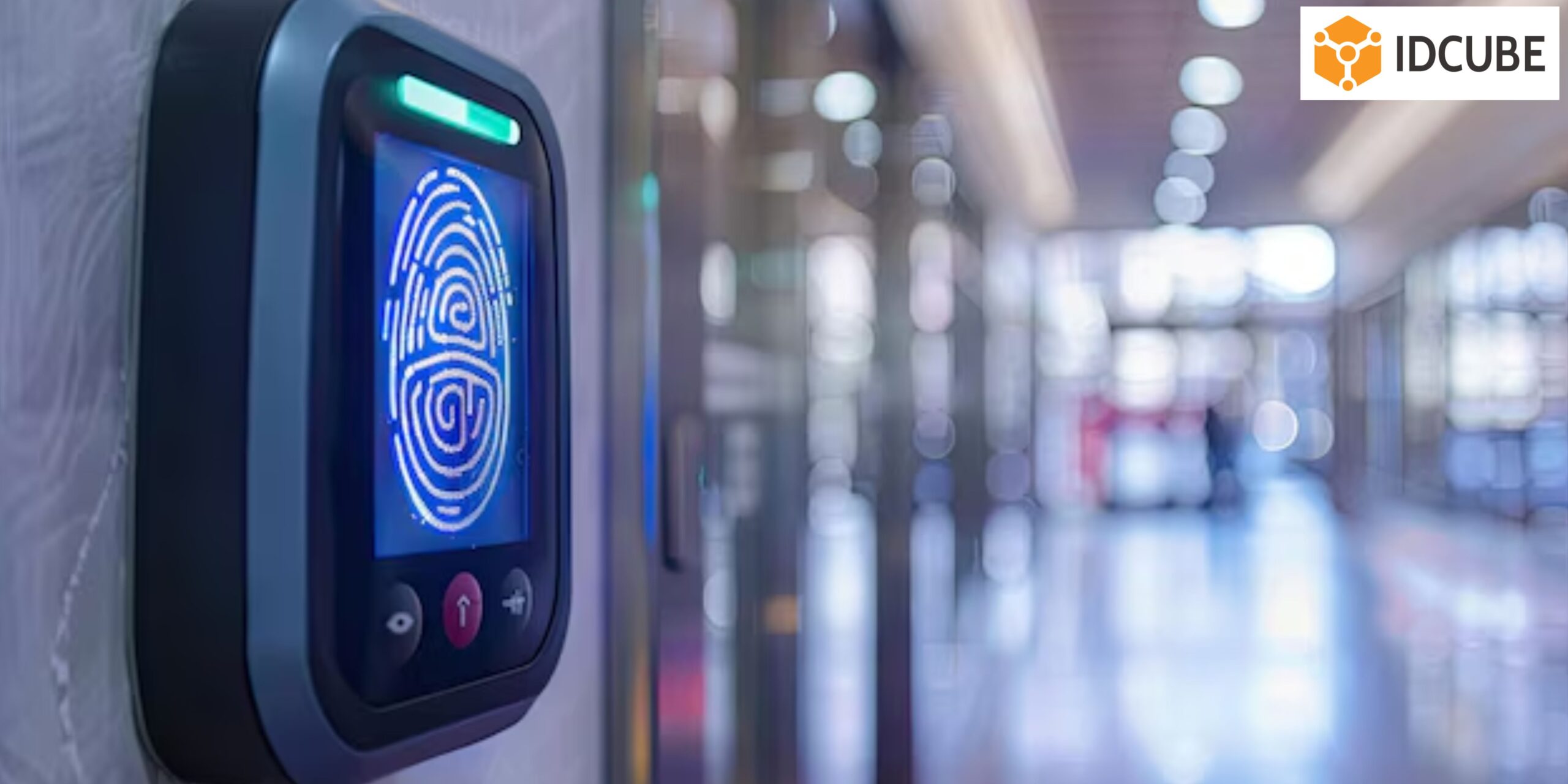
The Hygiene Factor: Why Touchless Biometric Access Control Matters Now More Than Ever
Biometric access control has become essential to modern security systems in this digitalized world. Such systems establish secure, quick, and efficient access control with unique biological traits like fingerprints, facial features, or iris patterns.
However, hygiene-related issues have prioritised other concerns in shared spaces after the COVID-19 pandemic. This has transformed touchless Biometric Access Control Software from a matter of luxury to one of necessity.
Touchless biometric access control systems are relevant in establishing improved hygiene standards while improving security.
Any organization concerned about the protection of its security and the health and well-being of its employees and visitors in these hygiene-conscious times needs to move toward touchless biometric technologies.
The Need for Hygiene in Access Control
Conventional Biometric Systems and Their Hygiene Issues
Traditional systems of biometric authentication, such as fingerprint scanners, have found broad application due to their accuracy and reliability. Such systems, however, have large hygiene challenges.
Each time a person uses a fingerprint scanner, they leave traces of their skin that may be inhabited by germs and viruses.
During the peak of COVID-19, this became a serious issue since the chances of contracting disease from shared surfaces became a significant concern for public health.
Heightened Awareness Post-COVID-19
The pandemic sensitized everyone about hygiene in public places and private environments. Hence, there has been a rise in searching for solutions that reduce physical contact. Since studies proved that touch-based systems could transmit diseases, touchless systems have gained great interest.

Touchless Biometric Technologies
A. Types of Touchless Biometric Systems
There are several types of touchless biometric systems, each offering unique advantages:
Facial Recognition: It involves using an individual’s facial features for identification. Cameras capture the image of the face, and advanced algorithms analyze the facial structure to verify one’s identity.
Iris Scanning: It scans unique patterns in the coloured part of an eye. It is highly accurate and secure.
Palm Vein Recognition: It uses infrared light to map the vein patterns in the palm. This technology is contactless and provides a high level of security.
B. Advantages of Touchless Systems
Touchless biometric access control software offers several compelling advantages that make them increasingly essential in today’s health-conscious environment. These advantages include:
Improved Hygiene
One of the primary Benefits of Touchless Biometric Systems is their ability to maintain hygiene and reduce the risk of infection. Traditional access control systems often require physical contact with shared surfaces, such as fingerprint scanners or keypads.
Each time a user interacts with these systems, they leave behind traces of their skin or germs, creating potential breeding grounds for pathogens. In contrast, touchless systems reduce the need for physical contact, significantly minimizing the risk of cross-contamination and the spread of infections.
By using technologies like facial recognition, iris scanning, or palm vein recognition, touchless systems ensure that users do not need to touch any part of the access control device.
This reduction in touchpoints is particularly important in high-traffic areas and public spaces where the risk of transmitting infections is higher.
Greater Convenience
Touchless biometric access control software offers unparalleled convenience by simplifying the access process. Users can gain entry quickly and effortlessly without needing to interact with physical surfaces.
This ease of access is particularly beneficial in environments where speed and efficiency are important, like corporate offices, healthcare facilities, and public transportation hubs.
For instance, facial recognition systems can allow users to pass through secure doors or checkpoints within seconds simply by having their faces scanned by a camera. Similarly, iris scanning and palm vein recognition systems provide rapid access with minimal user effort.
This convenience not only speeds up the flow of people in busy areas but also reduces wait times and improves overall user satisfaction.
Improved Security
Touchless biometric systems improve security through the use of unique and highly secure biometric identifiers. Unlike traditional security measures such as PIN codes or keycards, which can be lost, stolen, or replicated, biometric identifiers are inherently personal and difficult to duplicate.
For example, facial recognition technology analyzes the distinct features of a person’s face, including the distance between their eyes, nose, and mouth. Similarly, iris scanning examines the intricate patterns in the coloured part of the eye, and palm vein recognition maps the unique vein patterns in the palm.
These biometric traits are unique to each individual and remain consistent over time, making them extremely challenging for unauthorized individuals to fake or forge. Moreover, touchless systems often use advanced algorithms and machine learning techniques to further improve their security.
These systems can detect and reject fake attempts, such as photographs or videos used to impersonate authorized users. As a result, touchless biometric access control software provides a higher level of security in comparison to traditional methods, protecting sensitive areas and valuable assets from unauthorized access.
The Role of Touchless Biometric Access Control in Various Industries
A. Healthcare
Hygiene is essential in healthcare facilities. The environment has to remain as sterile as possible in the interest of the well-being of both patients and staff at medical centres, clinics, and hospitals.
Touchless biometric access control systems are ideal for these environments, improving hygiene since patients or persons gain secure access to sensitive areas without requiring real-time physical contact.
For example, facial recognition systems may be used for patient check-ins and staff access to restricted areas, thus reducing contacts and maintaining very high standards of hygiene.
B. Corporate and Commercial Spaces
The two biggest concerns in corporate and commercial spaces are the health of the employees and controlled, secure access.
Touchless biometric technologies easily fit these requirements. Facial recognition or even iris scanning systems can be established to control the entrance of people to offices and secure areas of companies.
Studies have shown that institutions using advanced technologies have been able to drastically reduce infection risks while maintaining security at a high level.
C. Public Spaces
High-traffic public places, such as airports, shopping malls, and event venues, are unusually vulnerable to particular challenges. Touchless biometric access control systems can offer improved safety and security in such places.
For example, facial recognition systems in airports can be used for passenger boarding, completely removing the necessity of physical contact and hence smoothing the entire operation.
Similarly, malls and event halls can use touchless systems to ensure hassle-free and hygienic access to visitors.
Conquering the Challenges and Issues
A. Privacy and Information Security
One of the main concerns with biometric access control systems is the storage and processing of biometric data. Organizations must make sure that they comply with regulations like General Data Protection Regulation and follow best practices for data protection.
Implementing effective encryption and secure data storage methods can help address these concerns, ensuring that biometric data is protected from unauthorized access.
B. User Acceptance and Education
For touchless biometric access control software to function, user acceptance and understanding of the workings behind the scenes are necessary. This is where organizations have to invest in educating users about the benefits of using the system and, more importantly, how it works.
Proper communication and presentations will clarify many issues and increase the acceptance rate amongst the users.
Organizations can also help in building a positive attitude by highlighting the improved security and hygiene aspects associated with touchless biometric technologies.
Future Trends in Biometric Access Control
While biometric control has already been gaining so much attention nowadays, coupled with the improvement of artificial intelligence and machine learning, more can be expected in the near future. These may include:
Higher Accuracy
AI and machine learning algorithms will only get better with time and improve the accuracy of the biometric systems.
Integration with Other Security Measures
Touchless biometric systems can be combined with other security measures, including temperature checks, to provide comprehensive health and security solutions.
Wider Adoption
As the technology matures and becomes more affordable, we will witness a wider adoption of touchless biometric access control systems across various industries.
Conclusion
Hygiene has become a critical factor in access control systems, particularly after the COVID-19 pandemic. Touchless biometric access control systems can help solve problems related to hygiene with improved security features.
Organizations should therefore implement such technologies so that good health for staff and visitors goes hand in hand with strict security measures. This is where upgrading to touchless biometric access control software for organizations is relevant as we move into a post-pandemic world.
IDCUBE brings next-generation software for Touchless Biometric Access Control, guaranteeing secure and hygienic access solutions while effortlessly blending with your existing infrastructure. Protect your people, and improve safety with advanced touchless biometric technologies by IDCUBE.

 USA
USA
 UAE
UAE
 IN
IN
